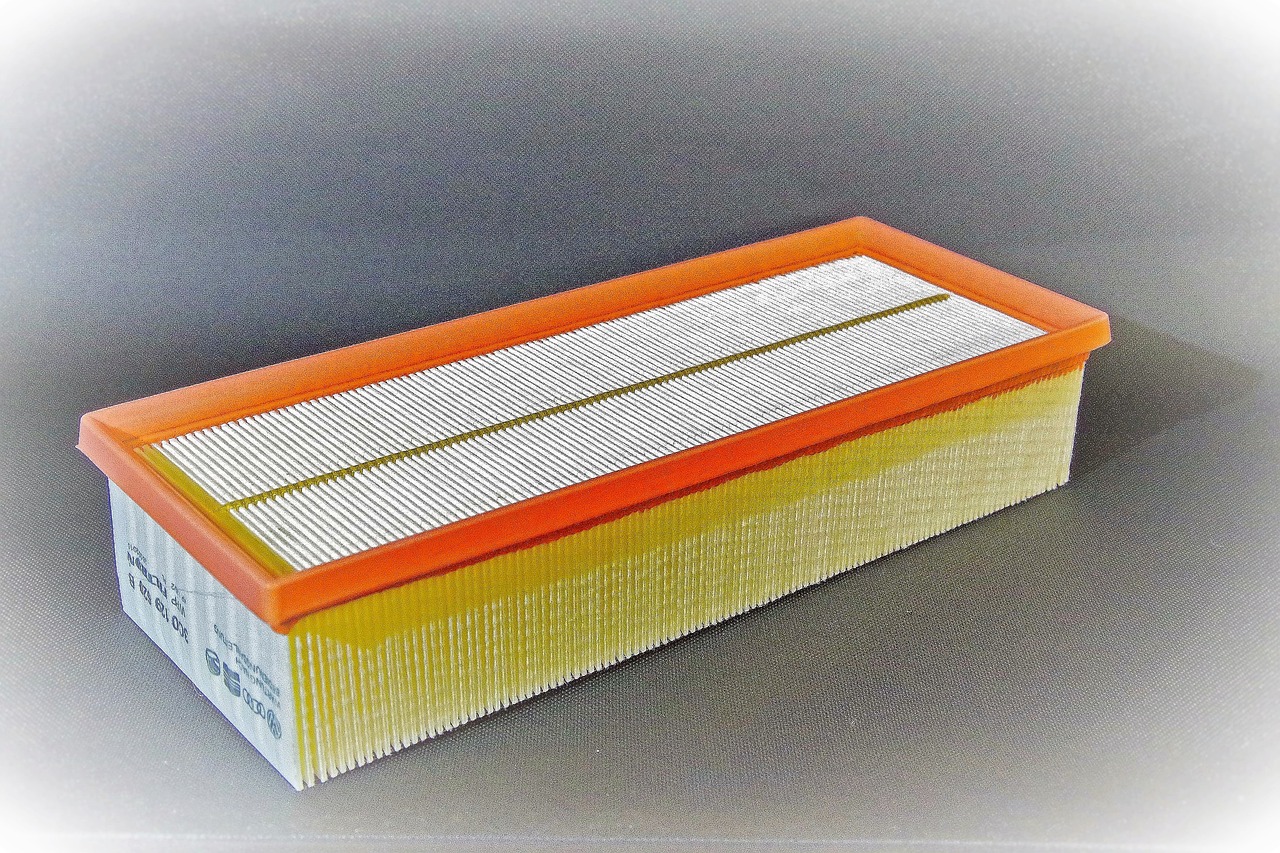摘要:本文介绍了电动阀门执行器的实际应用解析说明。该设备广泛应用于各种工业领域,能够实现自动化控制阀门的开关状态。本文详细阐述了电动阀门执行器的结构、性能特点、工作原理以及安装使用注意事项,帮助读者更好地了解该设备在实际应用中的优势和使用方法。
Electric Valve Actuator: Application Analysis and Explanation
In the realm of industrial automation, electric valve actuators play a pivotal role. This article aims to delve into the practical applications of electric valve actuators and offer a comprehensive explanation of their usage in various industries.
What is an Electric Valve Actuator?
An electric valve actuator is a device that is used to control the opening and closing of a valve. It operates through the application of electricity, converting electrical signals into mechanical motion. This actuator is capable of precise control over the movement of the valve, ensuring accurate regulation of fluid flow in various systems.
Applications of Electric Valve Actuators
1、Chemical Industry: In the chemical industry, electric valve actuators are used to control the flow of liquids and gases in processing plants. They ensure precise mixing of chemicals, regulate temperature, and maintain pressure levels, thereby ensuring efficient production.
2、Oil and Gas: In oil and gas pipelines, electric valve actuators are employed to control the flow of petroleum products and natural gas. They help in preventing leaks, ensure safe transportation, and optimize production rates.
3、Water Treatment: In water treatment facilities, electric valve actuators regulate the flow of water, adding chemicals for purification and maintaining pH levels. They contribute to ensuring the quality of drinking water.
4、Pharmaceutical Industry: In the pharmaceutical industry, electric valve actuators are used in manufacturing processes to control the flow of liquids and ensure accurate dosing of medications. They contribute to the production of safe and effective drugs.
5、Food and Beverage: In food and beverage processing, electric valve actuators are used to control the flow of ingredients during mixing and ensure sanitary conditions in the production process. They help maintain product integrity and ensure food safety.
Explanation of Electric Valve Actuator Components
1、Housing: The housing is the outer casing of the actuator, providing protection to the internal components and ensuring durability.
2、Motor: The motor is the heart of the actuator, converting electrical energy into mechanical energy.
3、Gearbox: The gearbox reduces the speed of the motor and increases torque, enabling precise control over valve movement.
4、Position Sensor: The position sensor monitors the position of the valve and provides feedback to the controller, ensuring accurate positioning.
5、Control Electronics: The control electronics receive input signals and convert them into commands for the motor, regulating the movement of the valve.
How Electric Valve Actuators Work
Electric valve actuators work through a combination of electrical signals and mechanical components. When an electrical signal is received, the control electronics interpret the signal and send instructions to the motor. The motor converts this electrical energy into mechanical energy, driving the gearbox to move the valve. The position sensor provides feedback on the position of the valve, ensuring precise control over its movement.
Conclusion
Electric valve actuators are crucial components in various industrial applications, offering precise control over fluid flow. Their widespread use in different industries ensures efficient production, safety, and reliability. With advancements in technology, electric valve actuators are becoming more efficient and reliable, contributing to the growth of industrial automation.
转载请注明来自惠州市广瑞实业有限公司,本文标题:《电动阀门执行器,实际应用解析说明_英文版96.62.56》


